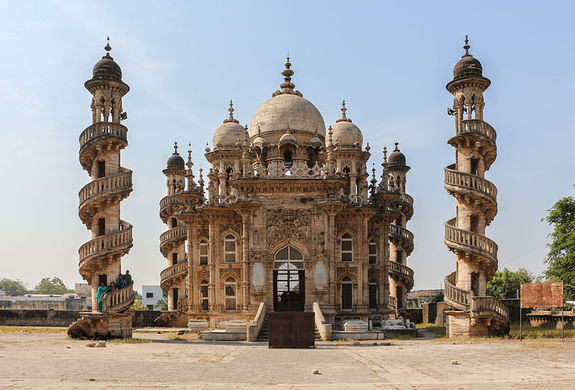Junagadh is the headquarters of Junagadh district in the Indian state of Gujarat. The city is the 7th largest in Gujarat, located at the foot of the Girnar hills, 355 km south west of state capital Gandhinagar and Ahmedabad. Literally translated, Junagadh means "Old Fort". An alternate etymology gives the name as coming from "Yonagadh", literally "City of the Yona (Greeks)," referring to the ancient inhabitants of the city under the Indo-Greek Kingdom. It is also known as "Sorath", the name of the earlier princely state of Junagadh.After a brief struggle between India and Pakistan, Junagadh joined India on 9 November 1947. It was a part of Saurashtra state and later Bombay state. In 1960, after the Maha Gujarat movement, it became part of newly formed Gujarat state.
History
Early History

An impressive fort, Uparkot Fort, located on a plateau in the middle of town, was originally built during the Mauryan
dynasty by Chandragupta in 319 BCE The fort remained in use until the 6th century, when it was abandoned for about 300
years, then rediscovered by Chudasama ruler Graharipu in 976 CE.The fort was besieged 16 times over an 800-year
period. One unsuccessful siege lasted twelve years.
Khengar was succeeded by his son Noghan in ad 1525 and he lived until ad 1551. Tatarkhan Ghori had now become almost
independent. In his time Jam Raval conquered Halar and built Navanagar. Noghan was succeeded by his son Shrisingh in
ad 1551. He lived till 1586. During his time Tatarkhan Ghori died and was succeeded by his son Aminkhan Ghori. In his
time too Akbar conquered Gujarat though Sorath yet remained independent under the Ghori rule. The exact date of
Tatarkhan Ghori's death is not known but from the mention of Aminkhan as his successor it must have been from about ad
1570 to 1575. On the return of the Emperor Akbar to Agra in ad 1573 after the defeat and death of Muhammad Husain Mirzah
and Ikhtiyar ul Mulk, he gave orders that Sorath should be conquered from Aminkhan Ghori.
The first faujdar of Junagad was Naurang Khan and next Syad Kasim and the most famous were (1) Mirzah Isa Tarkhan (2)
Kutb ud din Kheshgi and (3) Sardarkhan. Of these Mirzah Isa Tarkhan ruled Sorath from about ad 1633 34 to ad 1642 when
he was appointed viceroy of Gujarat. On this occasion he left his son Inayat Ullah as faujdar at Junagadh and himself
repaired to the capital of Gujarat Ahmedabad to conduct the government. In Mirzah Isa Tarkhan's time the fortifications
of Junagadh were entirely repaired. Kutb ud din was another famous faujdar his tenure of office lasted from about
1653-1666. He in about ad 1664 conquered Navanagar and annexed it to the imperial domain. Sardarkhan also distinguished
himself while faujdar of Sorath both by the firmness of his rule and by his construction of the Sardar Bagh and
excavation of the Sardar Talav. He built a mausoleum for himself in the Sardar Bagh but died at Thatta in Sindh and is
said to have been buried there and not at Junagadh. He was faujdar from about 1666 to 1686 but in 1670 he went for a
short time to Idar and was replaced by Syad Dilerkhan. The date of the construction of the Sardar Bagh is ad 1681
(AH 1092). The last of the faujdars was Sherkhan Babi who afterwards became independent and assumed the title of Nawab
Bahadur Khan.
Junagadh is located at 21.52°N 70.47°E. It has an average elevation of 107 metres (351 ft).
Junagadh has a tropical wet and dry climate, with three distinct seasons observed, a mild winter from November to February,
a hot summer from March to June, and a monsoon from July to October. The Arabian Sea and the Gulf of Cambay are also
influential factors affecting the climate and weather of Junagadh. Junagadh faces adverse climatic conditions in the
summer months with the temperature ranging from 28° Celsius to 38° Celsius. In the winter months, the temperature ranges
from 10° Celsius to 25° Celsius. The city is drained by the south-west monsoon from June to September. It records a
rainfall of 1000 to 1200 mm annually. Various factors such as its close proximity to the sea influence the weather of
Junagadh. The latent winds from the sea affect the climatic conditions in the region. Highest rainfall in a calendar year
was recorded back in 1983 and it was 2800 mm.
Junagadh is connected to Rajkot and Ahmedabad by National Highway NH8D which also connects Junagadh to Veraval and
Somnath. Junagadh city Bypass on NH8D obviates the need for through vehicles to enter the city. In the south, Junagadh
is connected to Bilkha and Sasan Gir Lion Sanctuary. Kalwo river runs through Junagadh; Ferguson bridge is built over it
to connect the two parts of the city. A bridge is also constructed on river Sonrakh in the northern outskirts of the
city. Mount Girnar is connected with Junagadh by road. Rickshaws are generally preferred as mode of transportation.
Sakkarbaug Zoo is India’s third oldest zoo and the oldest zoo of Gujarat. It is known to breed Gir lions and supply it
to other zoos. Inside the complex of this zoo, there is a museum that exhibits rare collection of stuffed animals, art
furniture, Persian Sanskrit inscriptions, ancient coins and other artefacts.
Moti Baug is a garden stretched across an area of 2,485 hectares, which includes the 754.62 hectares of land that is the
campus of the Agricultural University of Junagadh and Botanical Garden. The entire land includes 17 sub centres, which
are manned by 1,500 people.
In the middle of the town of Junagadh, there is the ancient Upper Fort or Uparkot on the plateau, which is believed to
have been built around 312 BC by Changradupta Maurya. This fort has a long history that includes 16 attempts to besiege
this fort over a period of 800 years.
The Damodarji Temple is situated at the foot hills of Ashwathama hills in Junagadh. Believed to be built by Lord Krishna's
heir, Vajranabha, this temple is considered to be one of the largest shrines dedicated to Lord Vishnu.
Jami Masjid is known for its 140 pillars that support the ceiling of this mausoleum. The pillars were brought from
Chudasana Palace. Located on the Mahatma Gandhi Road, these decorated Maqbaras were built in the 19th century for the
Muslim rulers.
History lovers can visit the Ashok Shilalekh or the rock edicts of Emperor Ashoka. One particular rock edict of Ashoka
can be found in an area between Junagadh and Girnar Hill. On walking 3 km from Girnar Hill or 2 km eastward from Junagadh,
this rock with inscriptions that date back to 250 BC can be seen. The instructions penned on this rock are related to
dharma, peace, morality, harmony and tolerance.
The Junagadh Musuem is located inside the Sakkarbag Zoo. It exhibits unique collections of ancient coins, manuscripts,
art furniture, archaeological items, stuffed animals, statues, Persian Sanskrit inscriptions, and etc. People can also
see the remnants of Harappan culture that were discovered in Intali, preserved here.
Junagadh has a zoo named Sakkarbaug Zoological Garden known as Sakkarbaug Zoo established in 1863 in the area of around
200 hectares. The zoo provides purebred Asiatic lions for the Indian and the international endangered species captive
breeding program for the critically endangered species. Currently, it is the only zoo in the country to hold African
cheetahs.The zoo also has museum of natural history.
There is an inscription with fourteen Edicts of Ashoka on a large boulder within 2 kilometres (1.2 miles) of Uparkot Fort.
The inscriptions carry Brahmi script in a language similar to Pali and date back to 250 BCE. On the same rock there is an
inscription in Sanskrit added around 150 CE by Mahakshatrap Rudradaman I, the Saka (Scythian) ruler of Malwa, a member
of the Western Kshatrapas dynasty.This has been described as "the earliest known Sanscrit inscription of any extent".
Another inscription dates from about 450 CE and refers to Skandagupta, the last Gupta emperor. Old rock-cut Buddhist
"caves" in this area, dating from well before 500 CE, have stone carvings and floral work. There are also the Khapra
Kodia Caves north of the fort, and the Bava Pyara caves south of the fort. Bava Pyara caves contains artworks of both
Buddhism and Jainism.
The Maitraka dynasty ruled Gujarat from 475 to 767 CE. The founder of the dynasty, General Bhatarka, military governor of
Saurashtra peninsula under the Gupta empire, established himself as the independent ruler of Gujarat around the last
quarter of the 5th century.
under Mughal Empire
Ghori rule
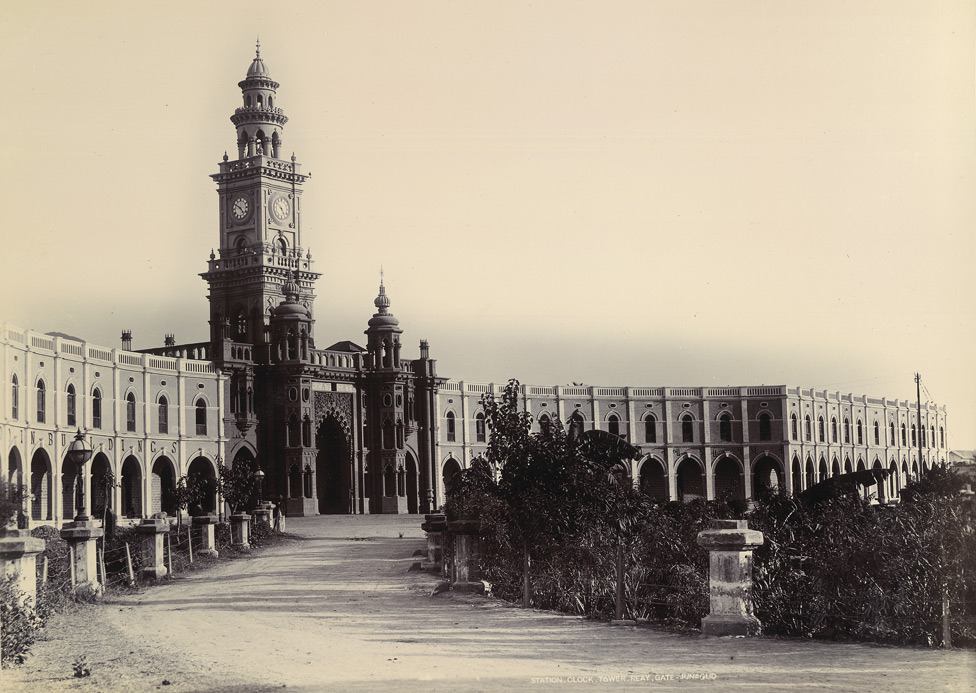 Vazir Khan attempted it but was
unequal to the task. Great confusion existed now in Sorath. The Moghal conquest of Gujarat, the collapse of the power of
the Gujarat Sultans, the encroachments of the Jam and the assumption of independence by the Ghori all augmented the
confusion afterwards increased by the escape and partisan warfare of Sultan Muzaffar in ad 1583.
Vazir Khan attempted it but was
unequal to the task. Great confusion existed now in Sorath. The Moghal conquest of Gujarat, the collapse of the power of
the Gujarat Sultans, the encroachments of the Jam and the assumption of independence by the Ghori all augmented the
confusion afterwards increased by the escape and partisan warfare of Sultan Muzaffar in ad 1583.
Imperial rule
Geography
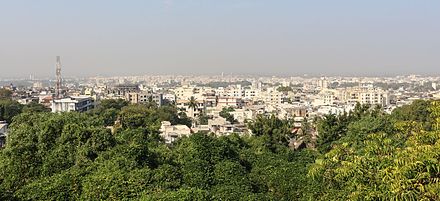
Junagadh is situated at the foot of Mount Girnar. Junagadh has Arabian sea to its southwest, Porbandar to its north and
Amreli to its east. Junagadh city is divided into number of areas Main city is clustered around M.G. Road and Kalwa Chowk.
Other areas are Gandhigram, Zanzarda Road, Talaw Darwaza, Bus-stand, Sakkar Baug, Timbawadi, Joshipara and Girnar Taleti.
These areas comes under the administration of Junagadh Municipal Corporation.
Junagadh city has two rivers namesd Sonrakh and Kalwo. However Kalwo is facing major pollution problem because city
sewers. Junagadh city has many lakes named Narsinh Mehta Sarovar, Damodarji, Sudarshan Lake etc. There are man made dams
around Junagadh named Willingdon dam, Hasnapur Dam, Anandpur Weir. These are the main water sources for the city. Apart
from that ground water supply is very widely available in the city so wells are scattered all across the city.
Junagadh city has pretty much similar soil as whole Junagadh district. It is Deep- Medium black coastal alluvium.It is
because proximity of sea and long shore line and also because of the Girnar mountain ridge. Because of many fault lines
in proximity Junagadh is in seismically active zone. Junagadh lies in Seismic Zone III region which means earthquake up
to magnitude 6.5 on the Richter-scale may be expected.
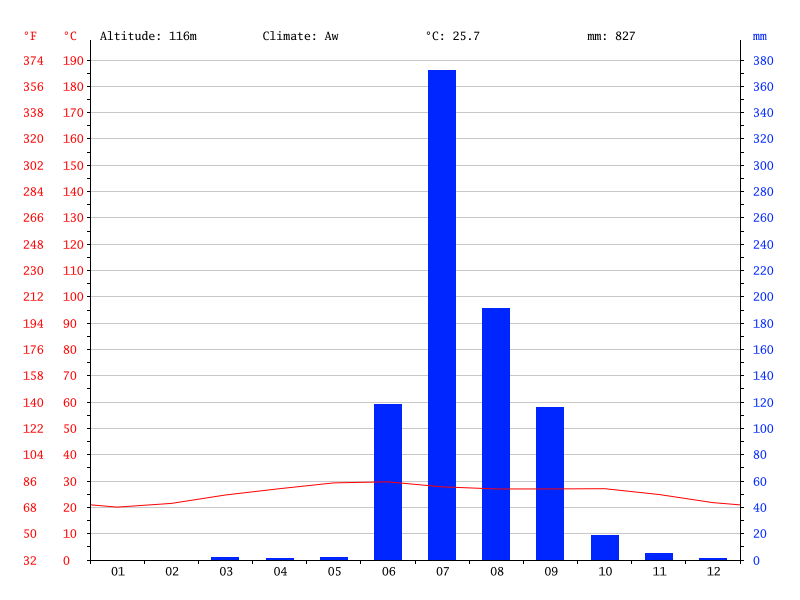 Climate
Climate
Transport
Road
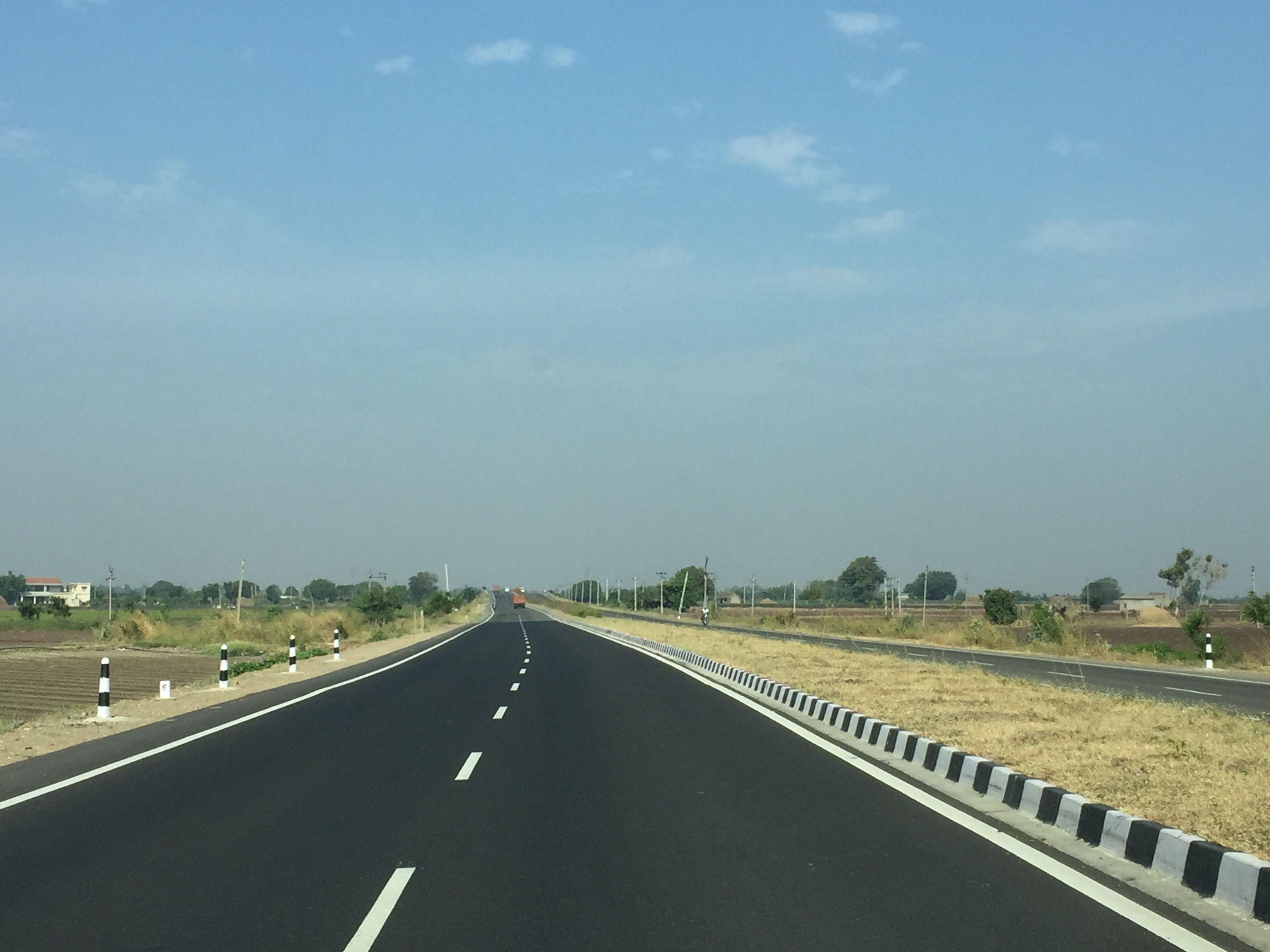
Tourists Places in Junagadh
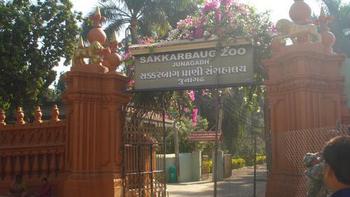
Sakkarbaug Zoo
There are three sections of the zoo, the Wild Animals Section, Deer/Antelope Section and Birds Section. Inside the zoo,
visitors can see animals like leopards, monkeys, wolves, bears, snakes, crocodiles, fish, etc. The zoo, which is a part
of a garden, also has an extension named Safari.

Moti baug
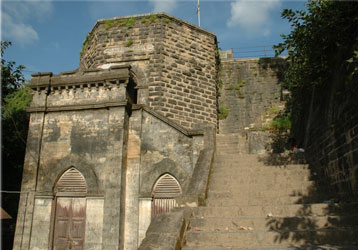
Uparkot Fort
One of these sieges, lasted for 12 years but was unsuccessful. This fort after its construction remained in oblivion for
300 years and was rediscovered during 976 AD. It was finally deserted around the 7th or 8th century after which it was
hidden by the neighbouring jungles.
The gateway of this fort has a triple entrance style, which takes visitors to the remnants of a huge cannon, 15-feet high,
known as ‘Nilamtope’ that was built in Egypt in 1531. The Nawab of Junagdh obtained the ‘Nilamtope’ from a Turkish Sultan.
There are two step wells in this fort popularly known as ‘Navghan Kuva’ and the ‘Adi Chadi Vav’. The Navghan Kuva was
built in the 11th century and is 50 metres deep, which can be navigated by a flight of stairs in the circular pattern
inside the well. On the other hand, the bottom of the Adi Chadi Vav can be reached by a set of 170 circular steps.
As tourists enter this fort, taking a left course will take them to the Jami Masjid, the ceiling of which is supported by
140 pillars. Proceeding further on that road, one can reach the 1,500 years old Buddhist caves.
Known to date back to 500 AD, these caves are carved inside the rocks of the hill with floral patterns carved on the
stone. On the north and south of this fort, some other attractions are the Khapra Kodia caves and Babupyana caves.

Damodarji Temple
Covering an area of 32 acres, the temple is constructed using pink sand stone and comprises of an inner Nij Mandir and an
outer Solaha Mandapa, supported by an array of around 84 exquisitely carved pillars.
The statue of Damordarji is found in the form of Chaturbhuj, each arm holding a conch, discus, mace and lotus, along with
Sri Radha Rani. Both the idols are sculpted from black stone and are heavily decorated with gold and silk. There are
other sub shrines dedicated to Lord Balarama, Sri Revathi and Lord Ganesha. Devotees are seen taking a holy dip in the
sacred bathing tank, Damodar Kund, before offering prayers at the temple. Another sacred tank known as Revathi kund is
located nearby.
The best time to visit is during the Patoustsav of Damodarji, celebrated with zeal and enthusiasm, in the Hindu month of
Jeth (mid-May to mid-June).
Located at the outskirts of Gujarat, Damodarji Temple is easily reachable.
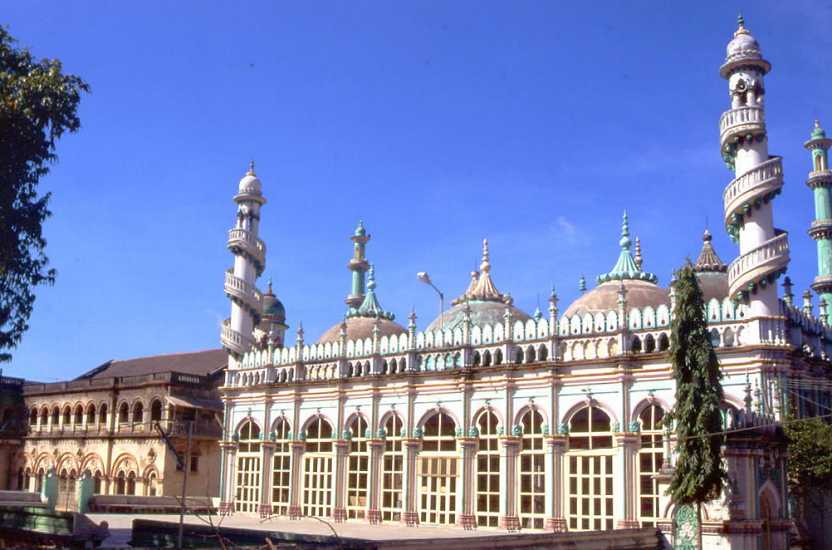
Jami Masjid
Of all the tombs, the most magnificent is the one belonging to Mahabat Khan I that was constructed in 1892. This mausoleum
has silver minarets, doors and staircases in winding patterns. Tourists can go to the Durbar Hall Museum, to view the
assortment of royal stuff from the courts like thrones, palanquins, crystal chandeliers, silver chains and howdahs for
the elephants.
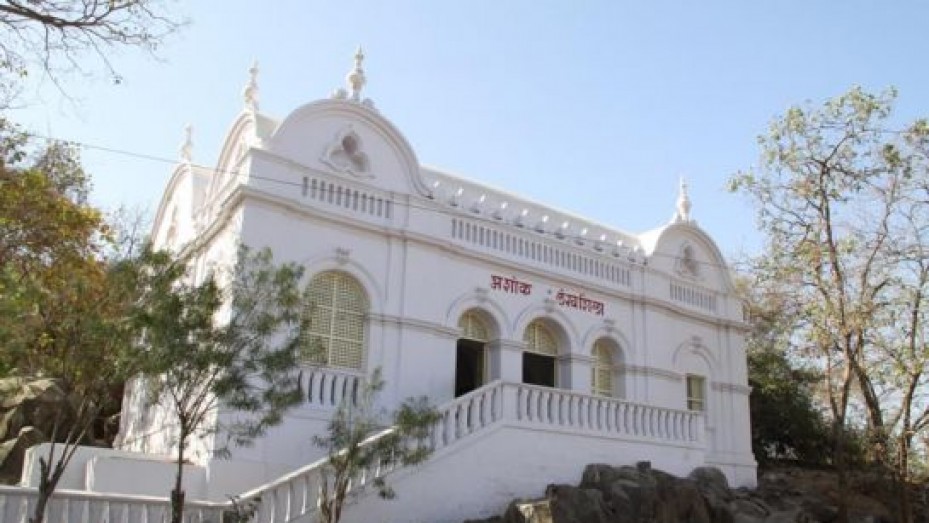
Ashok Shilalekh
The rock is basically uneven in shape, with a circumference of seven metres and height of 10 metres. On the rock, the 14
inscriptions of Emperor Ashoka are written with an iron pen, in the Brahmi script of the Pali language.
Although the edicts mostly direct people to follow the beliefs of Buddhism, there are also some inscriptions carved in
Sanskrit. These Sanskrit writings were added later on by the rulers, which describes a continuous flood in this region
that resulted in the destruction of the embankments of the presently non-existent Sudershan Lake.

Junagadh Museum
Culture

Junagadh has witnessed rules of many famous dynasties like Babi Nawabs, Vilabhis, Kshatraps, Mauryas, Chudasamas, Gujarat
Sultans and several others. It has also seen major religious upsurges. All these have greatly influenced the
architectural developments of Junagadh.
Junagadh Buddhist Cave Groups, with their intricately carved gateways, Chaitya halls, sculptured pillars and sanctums are
classic examples of rock cut architectural style. The Chudama Rajputs have left specimens of their architectural style
in Nabghan Kuvo and Adi Kadi Vav. Religious monuments like Jami Masjid remind us of the glorious Muslim architectural
patterns. The Ashokan Edicts is a classic example of old rock engraving styles. The Maqbaras and numerous age-old palaces
in Junagadh tell the story of its rich historical and architectural past.
About 2 km east of Junagadh and 3 km from the foot of Girnar Hill, between the two places, is an edict of Emperor Ashoka
inscribed on a rock dating from the 3rd century BC. The Ashokan edicts impart moral instructions on dharma, harmony,
tolerance, and peace. An uneven rock, with a circumference of seven metres and a height of ten metres, bears inscriptions
in Brahmi script etched with an iron pen.
The people of Junagadh celebrate both western and Indian festivals. Diwali, Maha Shivratri, Holi, Janmastami, Muharram,
Navratri, Christmas, Good Friday, Dussera, Moharram, Ganesh Chaturthi, are some of the popular festivals in the city.
Shivratri Mela is organized at the foot of Mount Girnar (Talati) in the month of MAHA (9th day of the month of Maagha).
The mela lasts for the next five days. About 500,000 people visits Junagadh on this occasion.Girnar Parikrama is also
organized annually. It starts in the month of Kartik and draws 1 to 1.5 million people. People walk the periphery of the
Girnar Hills on foot (about 32 km) to enjoy the religious and natural beauty.Apart from these religious and national
festivals, Junagadh also celebrates its accession to India on 9 November 1947 annually and it is celebrated as
independence day of the city.[49] 1 May is Gujarat day, to celebrate the formation of Gujarat state on 1 May 1960.
